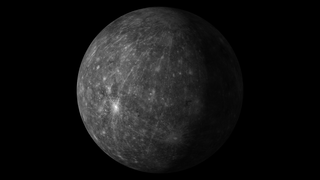Planets and Moons
ID: 11843

Mercury is the smallest planet in the solar system and the closest to the sun. Temperatures on the surface can range from a sweltering 840°F during the day to a frigid -290°F at night. Such extremes make the planet especially intriguing to scientists, but a challenge to study. In 2011, NASA’s MESSENGER spacecraft entered orbit around Mercury. Equipped with a giant heat-protective blanket, the spacecraft made detailed observations at close range using a suite of scientific instruments. The mission came to an end four years later on April 30, 2015, when the spacecraft exhausted its fuel and crashed on the planet. By the end of its survey, MESSENGER had collected more than 250,000 images, allowing scientists to produce the sharpest map of Mercury ever created. Its measurements also revealed many of Mercury’s hidden secrets, including the structure and composition of rock formations seen on its surface. Explore the images to learn more about Mercury and see views taken by MESSENGER.

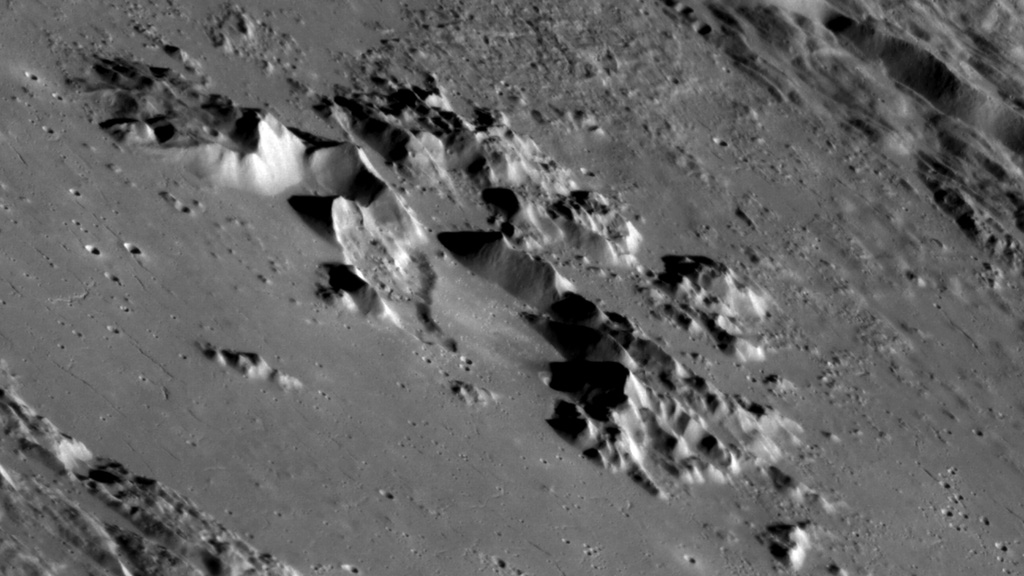
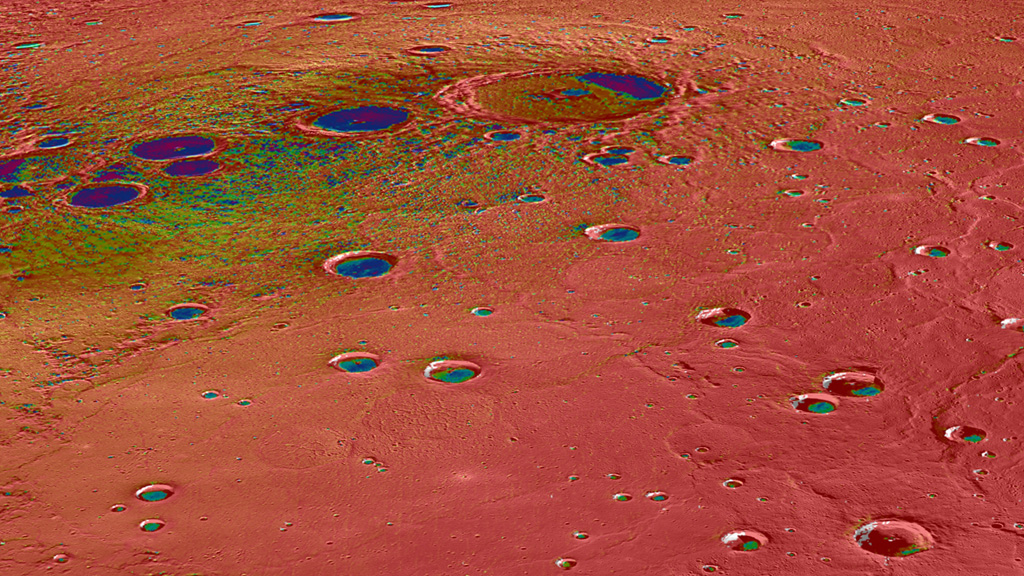
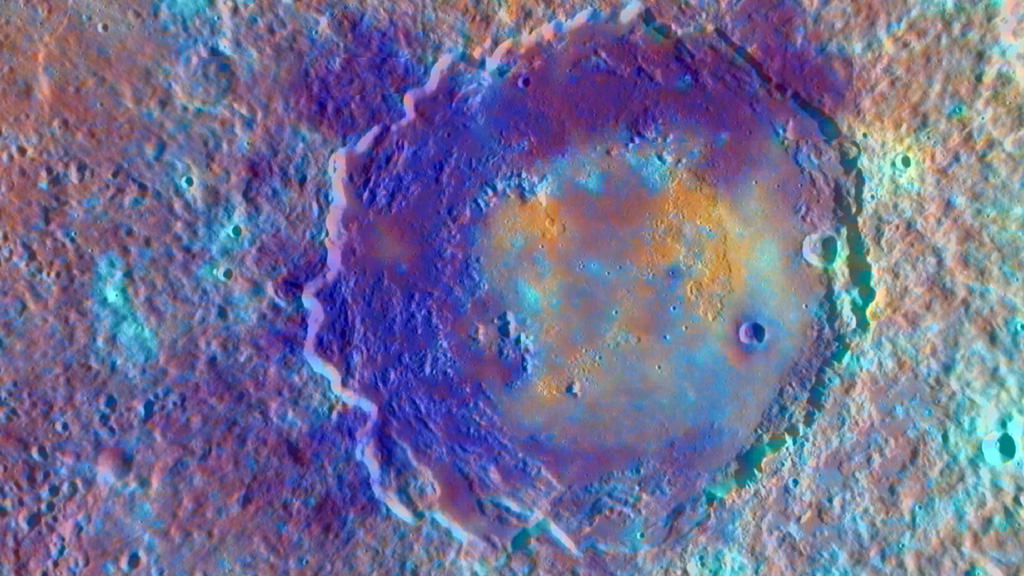
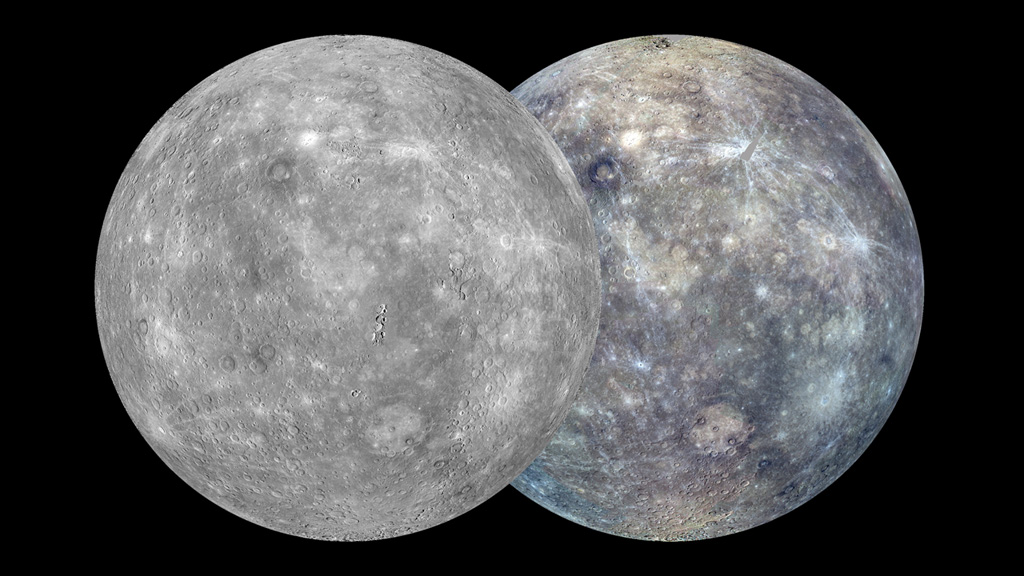
A Crash On Mercury






Related Material
Related Story
Story Credits
Please give credit for this item to:
NASA's Goddard Space Flight Center
Images courtesy of NASA/Johns Hopkins University Applied Physics Laboratory/Carnegie Institution of Washington
NASA's Goddard Space Flight Center
Images courtesy of NASA/Johns Hopkins University Applied Physics Laboratory/Carnegie Institution of Washington
Short URL to share this page:
https://svs.gsfc.nasa.gov/11843
Keywords:
SVS >> App
NASA Science >> Planets and Moons
https://svs.gsfc.nasa.gov/11843
Keywords:
SVS >> App
NASA Science >> Planets and Moons

